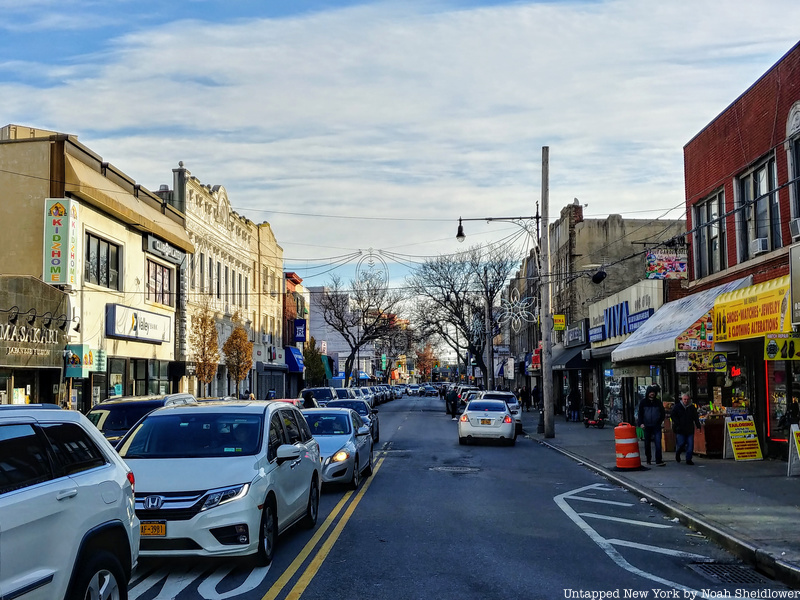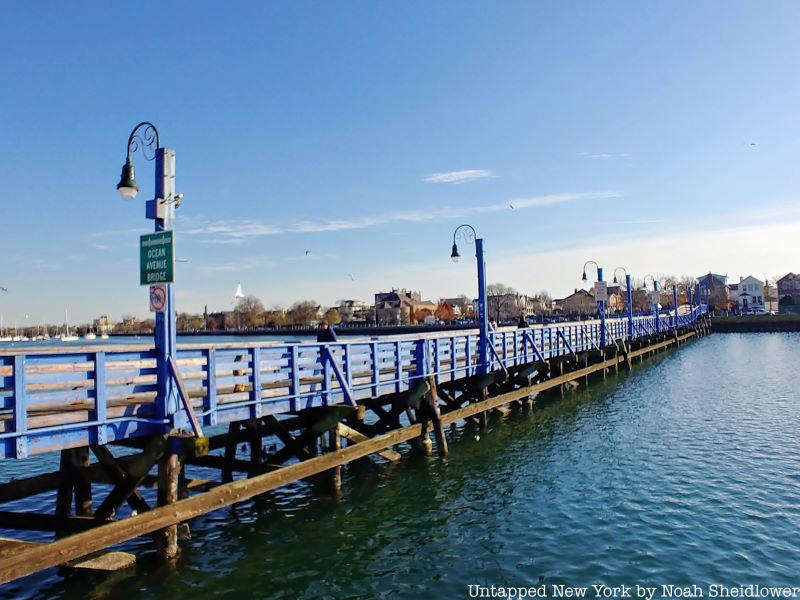
Sheepshead Bay in Brooklyn has often been overshadowed by the resorts and publicity of Brighton Beach, but this waterside neighborhood boasts a rich history and many cultural sites worthy of note. Sheepshead Bay once had its own Millionaire’s Row along the main waterfront road, Emmons Avenue, as well as a racetrack and summer hotels. Seafood restaurants were all over, piers were packed, and people came from far and wide to fish and see the sights. Over the past few decades, many of the neighborhood’s attractions shuttered, fishing along Sheepshead Bay started to decline, and some of the neighborhood’s tourist appeal was lost. Despite those changes, the neighborhood has retained much of its cultural history and diversity, in part thanks to a real estate boom during the 1970s. Today, the neighborhood houses a number of cultural enclaves, long-standing restaurants and institutions, and properties with fascinating histories. Here are the top 10 secrets of Sheepshead Bay!
1. Sheepshead Bay was named after a type of fish

The neighborhood and the bay took their name from the sheepshead, a saltwater fish found in the bay’s waters. These fish were abundant off the shore until population numbers declined during the late 1800s. The fish, which grows to about 2.5 feet, has several rows of teeth resembling sheep. Today, most sheepshead live around southwest Florida, though some have recently been caught near Jamaica Bay. A hotel that opened in the neighborhood in 1844 shared the name as well.
Ever since pre-colonial times, Sheepshead Bay was a fishing town that attracted canoeists during the summer. Its bayside location, coupled with early infrastructural developments, contributed to its growth over time. despite often being overlooked for Brighton Beach and Manhattan Beach, waterside towns with more attractions and resorts to draw people in.





